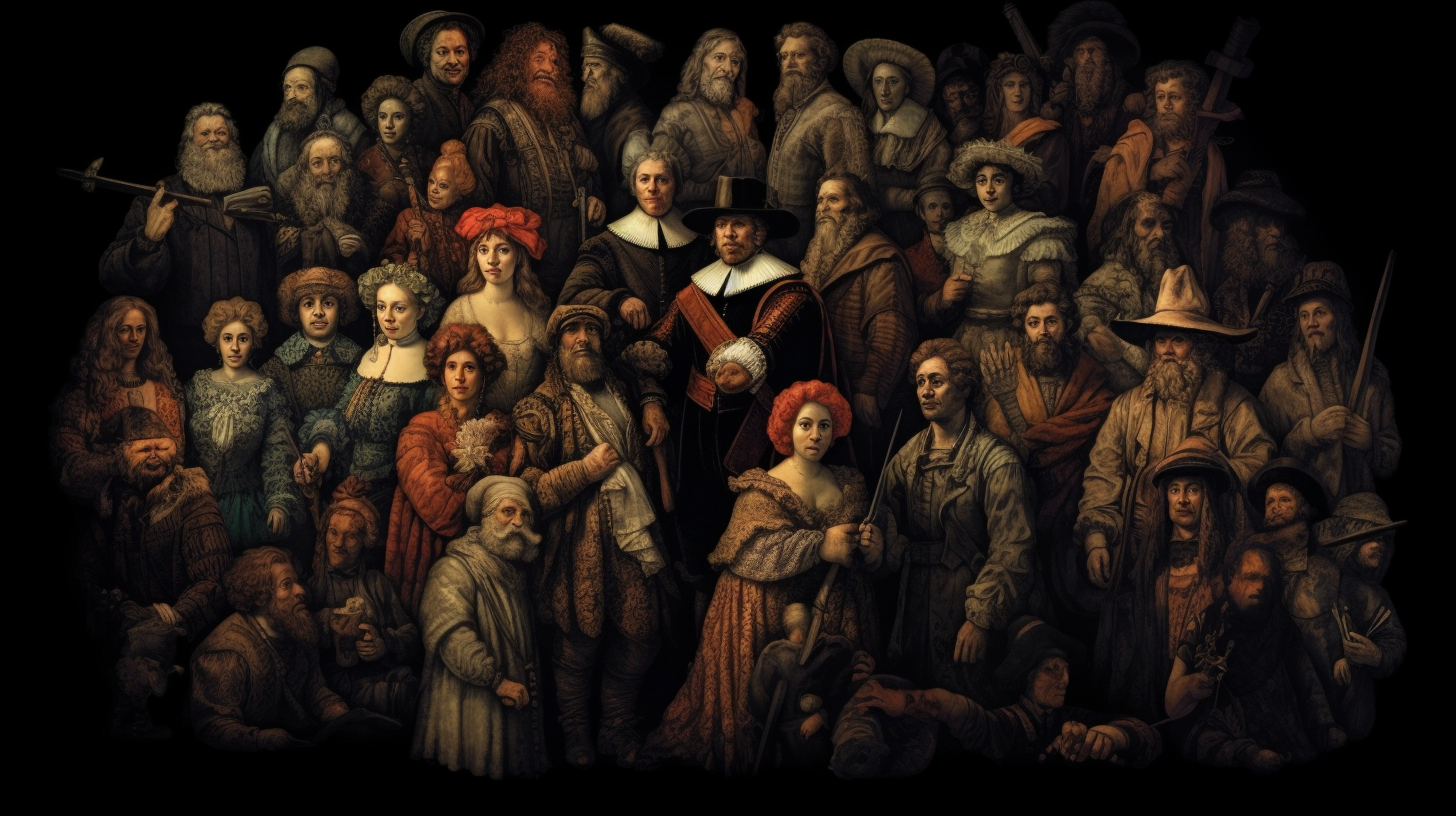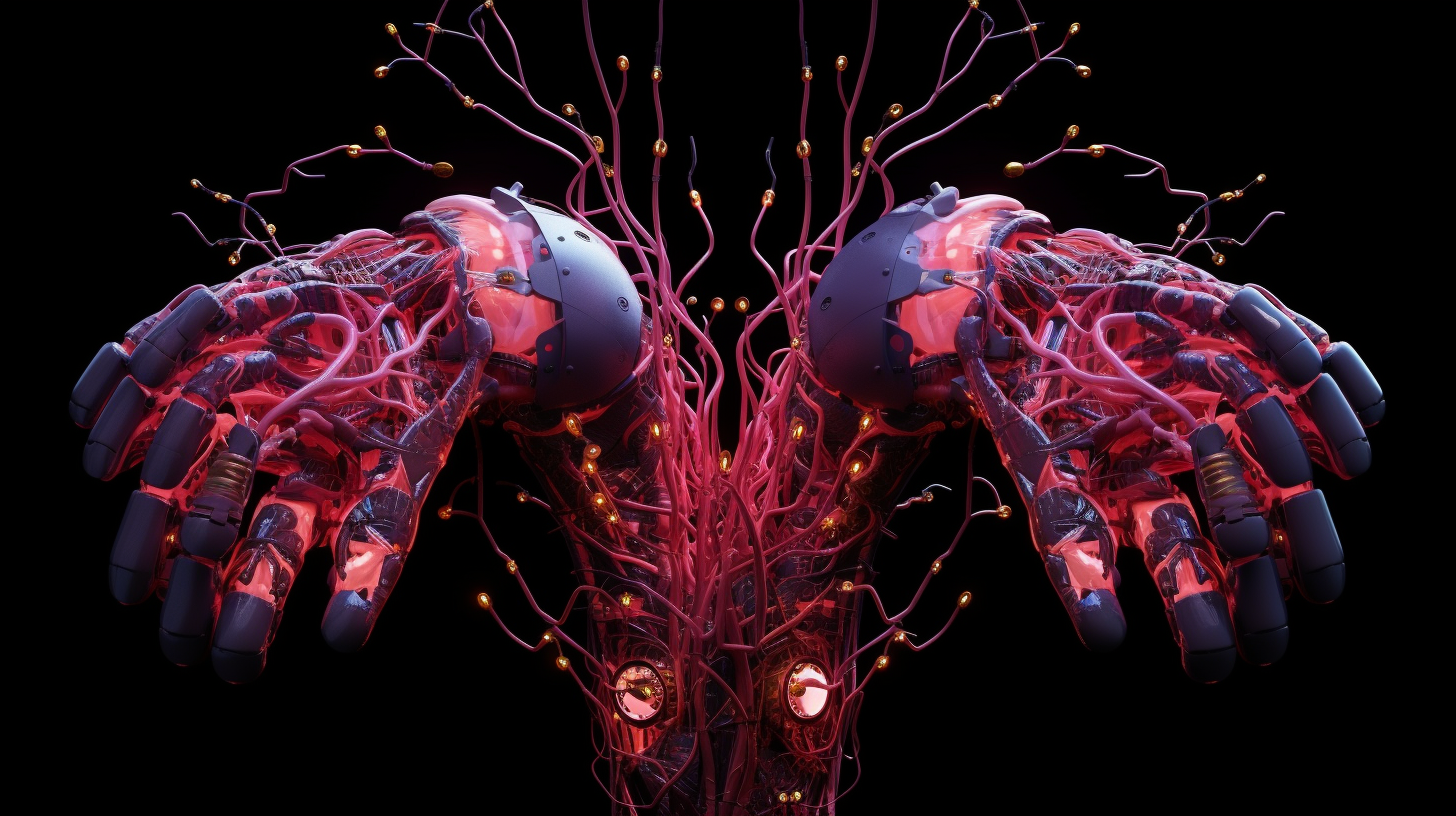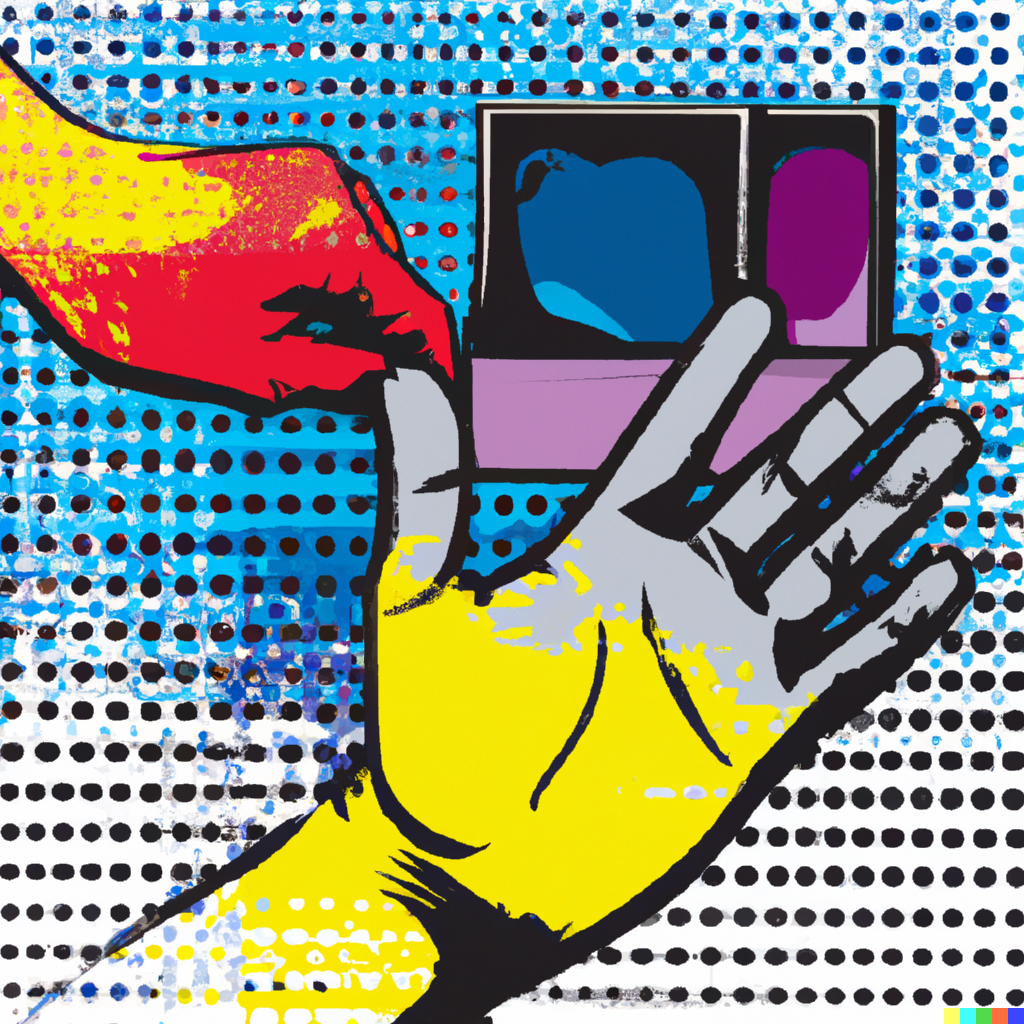I’m sorting out much of what I read of Gregory Bateson (1904-1980). And in his tradition, I’m going to make connections and then try to stand above it. Come and play. My entry point was Steps to an Ecology of Mind (1972), then I shot off into A Sacred Unity: Further Steps to an Ecology of Mind Edited by Rodney E Donaldson (1991) and then Nora Bateson’s Small Arcs of Larger Circles (2016). I’ve been thinking a lot about the question David Graeber and David Wengrow asked in The Dawn of Everything (2021): why do groups of people differentiate? Bateson’s observation of schismogenesis – a combination of the word schism and genesis – is “a process of interaction whereby directional[…]
Tag: technology
Moderation is a difficult good. Which is why I watched, curiously, amused, mystified, at Reddit CEO Steve Huffman’s behaviour in June, 2023. NBC News reported: “Reddit CEO slams protest leaders, saying he’ll change rules that favor ‘landed gentry’: Steve Huffman, the Reddit CEO, told NBC News in an interview that a user protest on the site this week is led by a minority of moderators and doesn’t have wide support.” Reddit has a system that creates a system by which moderators, creators, and lurkers learn about their preferences, share knowledge, and share knowledge about sharing knowledge. It’s delicate. It’s reddit’s core asset. Which is why I’ve been mystified by Huffman’s behaviour. Let’s zoom out and look at Moderation and the[…]
Paul Graham wrote on May 9: “Observation suggests that people are switching to using ChatGPT to write things for them with almost indecent haste. Most people hate to write as much as they hate math. Way more than admit it. Within a year the median piece of writing could be by AI. … I warn you now, this is going to have unfortunate consequences, just as switching to living in suburbia and driving everywhere did. When you lose the ability to write, you also lose some of your ability to think. I don’t have the slightest hope of averting this switch. I often tell startups it’s safe to bet on laziness, and this is one of the biggest bets on[…]
Assume that not all Need-Solution Pairs [1] have been discovered and that the diffusion of new solutions is Bassian [2]. What is going on with Web3? By Web3, I mean the set of technologies that includes decentralized applications (dApps), distributed ledger, protocols, Decentralized Autonomous Organizations (DAOs) and related cryptographic technologies. It’s a superset that doesn’t just include decentralized finance (DeFi) and regenerative finance (ReFi), decentralized science (DeSci), memecoins, shitcoins, Non-Fungible Tokens (NFTs) and cryptocurrencies, smart contracts and oracles, but all the things rooted on Peer to Peer, decentralized technology and the general concept of trustlessness. Web3 suffers from the same accessibility problems that the World Wide Web suffered from in early 1990s. It was brutal to dial up and log[…]
Generative Pre-trained Transformers (GPTs) have captured the public’s imagination. There’s a lot of fear. The relevance of that fear, as always, depends on who you are. The technology first caused a surge of panic in December 2022 among some communications professionals. They fear a surge of supply, a massive increase in synthetic media, along with all of the misinformation that goes along with it. Because attention is inelastic, the price for content will collapse, and it’ll take their wages down with it. They aren’t the only ones likely to be affected [1]. It’s kind of curious that you aren’t reading too much publicly from developers and their experiences with the technology. GPT’s are a tool. A good GPT is capable[…]
Ultimately, how you choose to lead your startup in the post-2022 Tight Money Era depends on what lessons you’re taking away from the 2018-2022 Loose Money Era, and where you’re at on your own leadership journey. In this post, I’ll describe where my stance is at the end of 2022 with respect to a systemized study of new venturing knowledge. How We Got Here: The Loose Money Era Money was cheap between 2018 and 2022 [1]. Stupidly cheap. You know how I know money was cheap? Check the links: Intensely. Stupidly. Insanely. Idiotic. Terribly. Sweatily. Moronicly. Cheap. Cheap money enables radical conservation of thought. (I’m picking on scooters because it’s physically obvious, but there’s plenty of incredibly silly things going[…]
You only have so much attention. When you consume media, roughly 27% to 30% of your attention can be directly monetized, and there’s perhaps a tolerance for another 15% that can be wrung out with product placement. As a result, Time Spent is an attractive metric for those who create and monetize attention. For example, if you can attract 1,000,000 hours of attention, then you can monetize 300,000 to 450,000 hours of it. In theory, the amount you can charge for your attention depends on the value advertisers place on the audiences’ attention. And that depends on who they think you are, how susceptible you are, how much you spend in the relevant category, how causal the purchase decision is[…]
Why is it easier for an individual to identify a valuable problem and solve it in a startup than it is in a business? Will be the same in most Decentralized Autonomous Organizations (DAO)? In this post, I’ll argue that information is a key enabler that makes it all the easier for an individual to identify and solve valuable problems. If we’re in the age of information, then why does information seem so scarce? The reasons for information scarcity are many and emergent, including status-quo preservation and self-identity protection. To understand the resistance to solving a valuable problem, it’s useful to think of Lock-In [1] and to mark the distinctions between startups, businesses and DAO’s. A startup is not a[…]
“We reject kings, presidents and voting. We believe in rough consensus and running code” –David D Clarke I thank Sunny Aggarwal for putting quote above on his presentation at Cosmoverse on September 27, 2022. This post is about that quote and a few primitive thoughts linking learning, organization design, and perspective coordination. Kings, presidents and voting Kings, presidents, and voting can be placed on an axis. A king is centralized authority with relatively little consent. A president is centralized authority with consent. Voting is distributed authority with consent. In each step, the relative power of the hierarchy to impose arbitrary decisions upon a network is checked by some reactive network mechanism. It is still common in some parts of the[…]
A quality attribute, in systems engineering, is a non-functional requirement. You can think of it as an adjective that describe a system. Consider information virtual goods and the different kinds of deals we’re presented with [1]. One major design pattern is that a group of people gather information, concentrate it into a single artifact, and distribute it. You pay attention to that artifact. In exchange, a portion of your attention is sold to yet another group of people who are willing to pay for that attention. Those artifacts in the 20th century included: the newspaper, the magazine, the radio broadcast, the news reel, the 30 minute, 60 minute, and 24 hour linear television newscast format. Towards the end of the[…]










